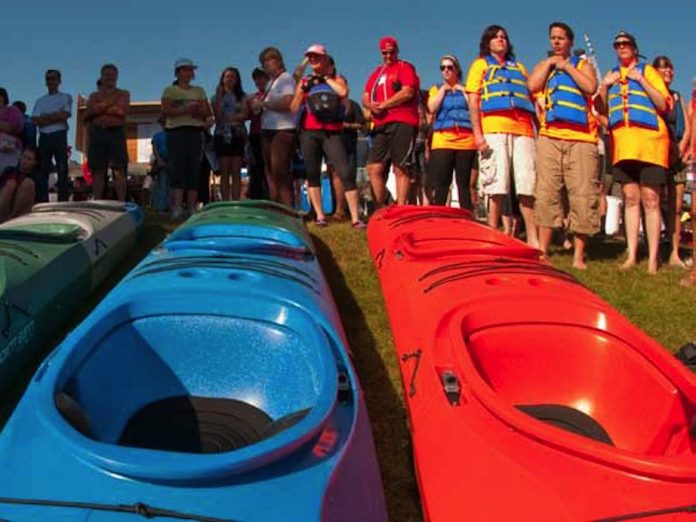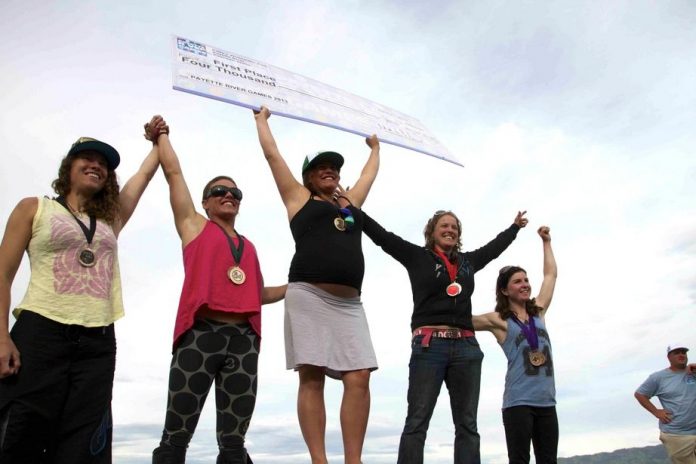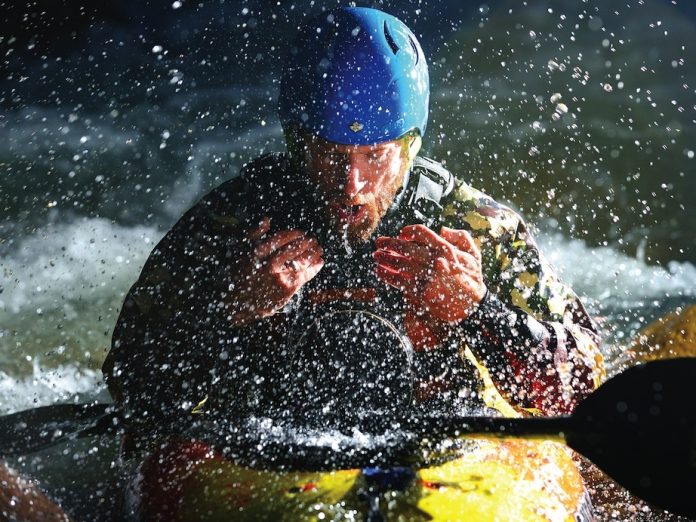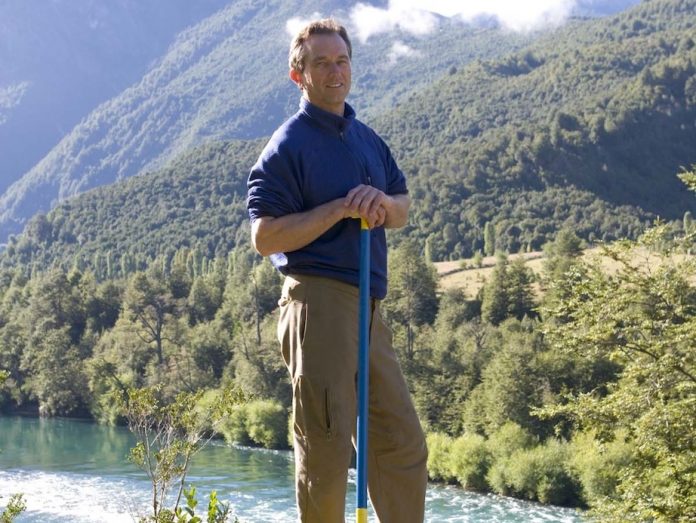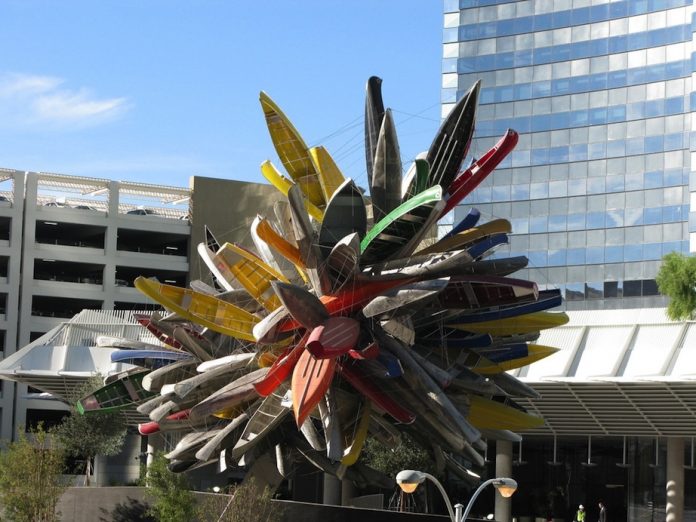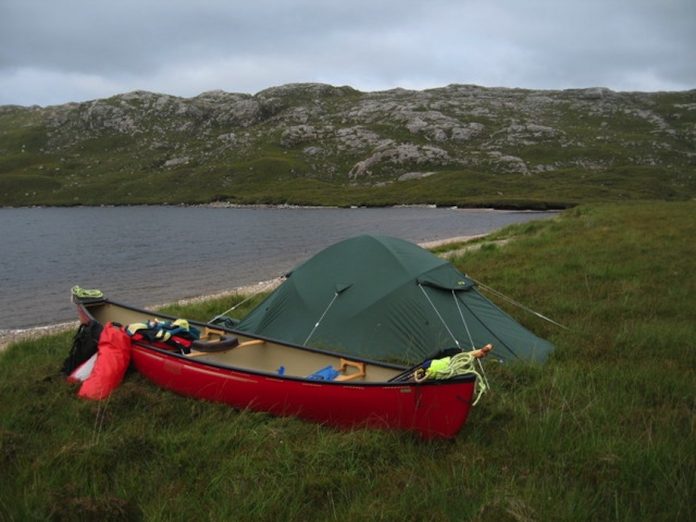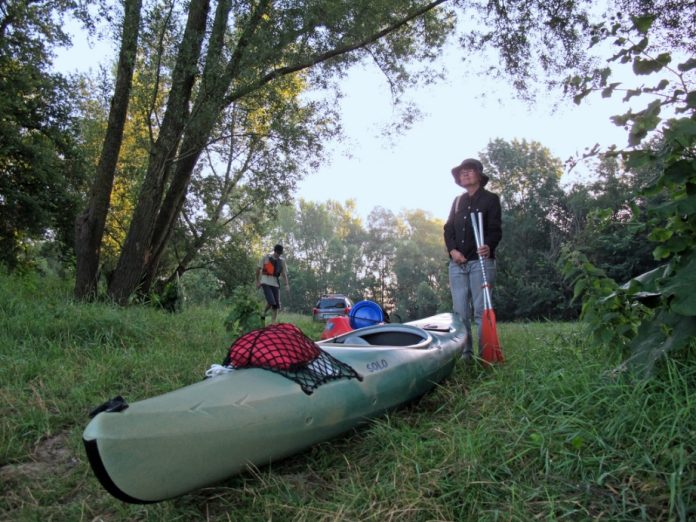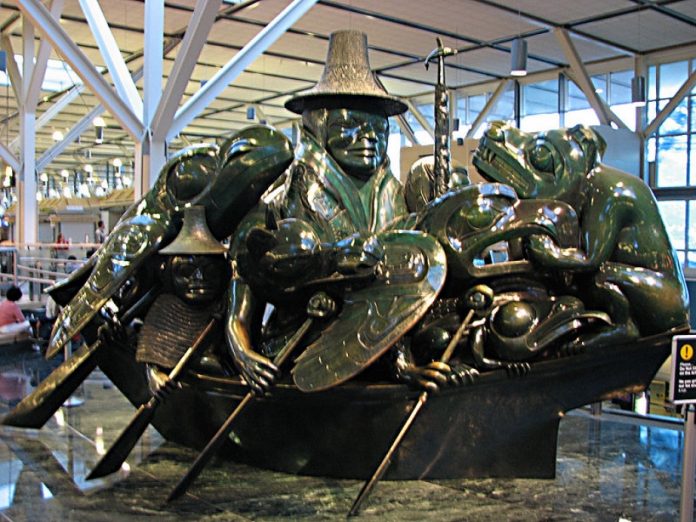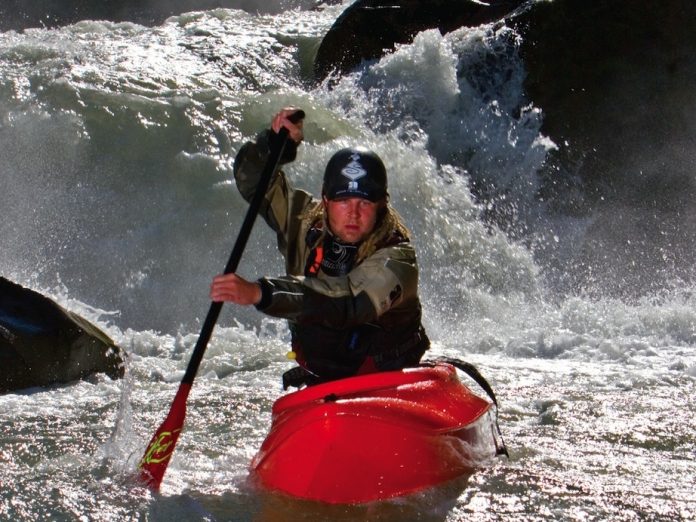Celebrating its five-year anniversary, the Great Canadian Kayak Challenge and Festival returns to Timmins from August 24–25 this summer. Where? You can be forgiven if you’ve never heard of this mining town in northeastern Ontario. Even if you have heard of Timmins, you’re probably thinking flannel shirts and Shania Twain, not sea kayaking.
Every August since 2009, however, the city undergoes a remarkable transformation, as some 300 hundred paddlers and thousands of festivalgoers descend on the Mattagami River, which meanders a lazy course through the town center. For the second year in a row, Festivals and Events Ontario has named the event one of the top 100 festivals in the province.
“The demographic ranges from six to 70 years old,” says event co-chair, Guy Lamarche. “The event has grown exponentially every year. Last year we had upwards of 10,000 people attend.” Off-the-beaten-path festivals offer something altogether different from the elite BCU training and expedition tale swapping of more iconic symposium destinations like San Francisco, Lake Superior’s Apostle Islands or Anglesey. “It’s as much about community as racing,” Lamarche says.
Timmins Councilor Michael Doody agrees, “It’s not just a kayak challenge; the art community is stepping forward to take advantage, and it’s an opportunity to spotlight many of the best musicians in the area.” Boaters attend as much for the exhibits, fireworks and evening concert as they do for the main event—a series of nine paddle challenges ranging from three to 35 kilometers, with up to $15,000 in prize money.
“Some people are definitely here for the money, but most are here for the fun,” says Lamarche. “We’ve got categories that appeal to the more serious racers, and then we have non-competitive, recreational paddles.”
“People from far away places are already asking about how they can participate,” Doody told Timminspress.com in April. “It’s just going to get bigger and better.”
Events in unlikely venues like Timmins can be found all over North America, proving that you don’t need an ocean, Great Lake or tide race to draw paddlers from far and wide.
Don’t Miss:



